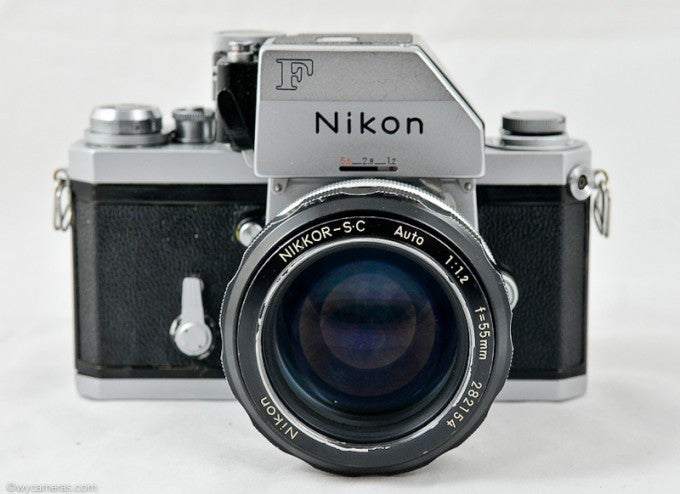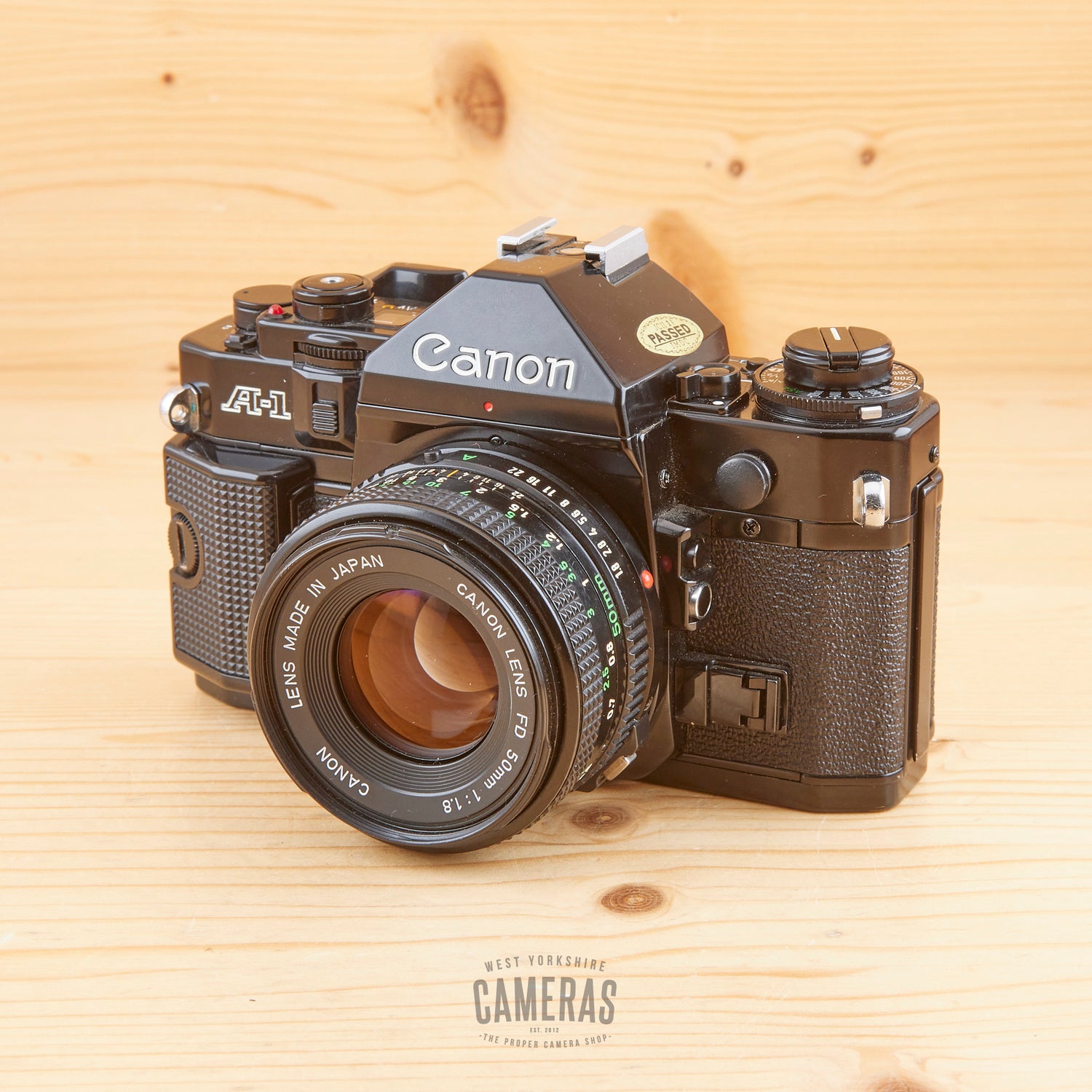Intro:
This is one of my favourite Nikon cameras. The original model F was Nikon’s first foray into the professional SLR market, with the F-series cameras eventually becoming the successor to their line of rangefinder cameras. The F’s body was based on the tried and trusted Nikon SP rangefinder, but with a prism system and reflex mirror shoved in. It became a popular and well respected camera, and was used by many professionals for the best part of two decades until the advent of the F2.
I love to use this camera. To me, it just feels right. It’s lacking a bit in some areas, but I have never found the drawbacks frustrating. I’ll try not to bore you silly with the exact specs on here, but I’ll give a general outline of the important ones.

A few good bits
It’s a fully mechanical camera – so no worrying about batteries. The shutter speeds range from 1 second to 1/1000th, it’s pretty standard for the professional cameras back then, but maybe a little slow at the top end today – but to be fair, a thousandth of a second is fast enough to freeze most action. The only real reason to use a shutter speed upwards of that is if you want to use a large aperture in bright light.
The controls are nice and simple. On the top, from left to right, there is the rewind knob, then the big metering viewfinder. Did I mention the viewfinders are interchangeable? You can get a plain prism, or a waist level finder – but you usually pay more for either of these than the body itself, so you have to really want one. The metered finder has a small window on top so you can see the meter reading without looking though the eyepiece! Very handy for off the hip shots. It’s not an AE camera, so the finder really just guides you on exposure, then you have to set the aperture/shutter speed manually. After that is the shutter speed dial, which links with the finder dial. Next to the dial is the shutter button, and the A and R switch around it is used for film rewind – A for advance, R for rewind. No accidental rewinds here! Then we have the advance crank and the frame counter. I don’t think a camera can get much simpler than this without sacrificing a bit of convenience. Perhaps the Leica M series has slightly simpler main controls, but in other ways they can be quite fiddly.
It’s built like an absolute tank – literally. A Nikon F stopped an AK-47 bullet that would have ended Don McCullin’s career. But seriously, you could drop this thing on the floor – and break the floor. It’s a proper man’s camera, made entirely of metal and braun. I am tempted to say this might be one of the most reliable SLR’s ever made, in fact it was the camera which did the most to found Nikon’s reputation for reliability.
It can still use almost every nikon lens made since 1959 The general rule is, if it’s got an aperture ring, you’re good to go. As an additional bonus, it can use non-ai lenses. If you don’t know what that means, then don’t worry, all you need to know is that the lenses are usually much cheaper. The older non-ai lenses (the very first generation of Nikon SLR lenses) can’t be used on most modern nikons, which means there is less demand for them. This means you can pick up a non-ai 50mm f/2 or a 35mm f/2 for much less money than usual.

A few bad bits
It’s pretty heavy with the metered finder and a big lens, it can definitely be a worthy substitute for a set of dumbbells. This is the trade-off to build quality.
It’s not exactly ergonomic Those clean, classic lines make for a great looking camera, but be prepared for some serious hand cramp if you plan on holding one for an extended period – a good camera strap is a must. You also can’t see the meter needle if it’s dark, though there is an external illumination accessory for this.
It’s lacking a few features There’s no double exposure function, no flash shoe (there is a PC sync socket though – you have to mount the flash on a bracket or spend more money on the AS-1 adapter) and there’s no TTL flash. The standard focusing screen is not terribly bright either.
It’s quite an expensive system The value of these cameras is relatively high, and rising, as it has an appeal to many collectors and users due to the history, build quality and backward compatibility with modern nikon lenses. Expect to pay at least £100 for a usable chrome body with Photomic meter, and up to several hundred for a mint condition example. The system accessories often are not cheap either – even an AR-1 soft shutter release will set you back the best part of £20.
Some would say that it is a system to invest in – as the prices should increase over time.

The bottom line
A solid, simple, dependable machine capable of taking fantastic images in the right hands. If you can forgive the shortcomings, it’s still a fantastic camera even 50 years after its introduction.


